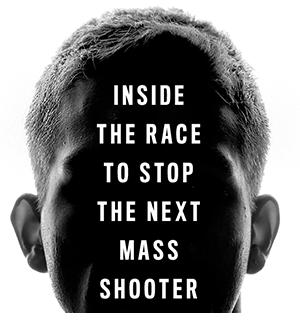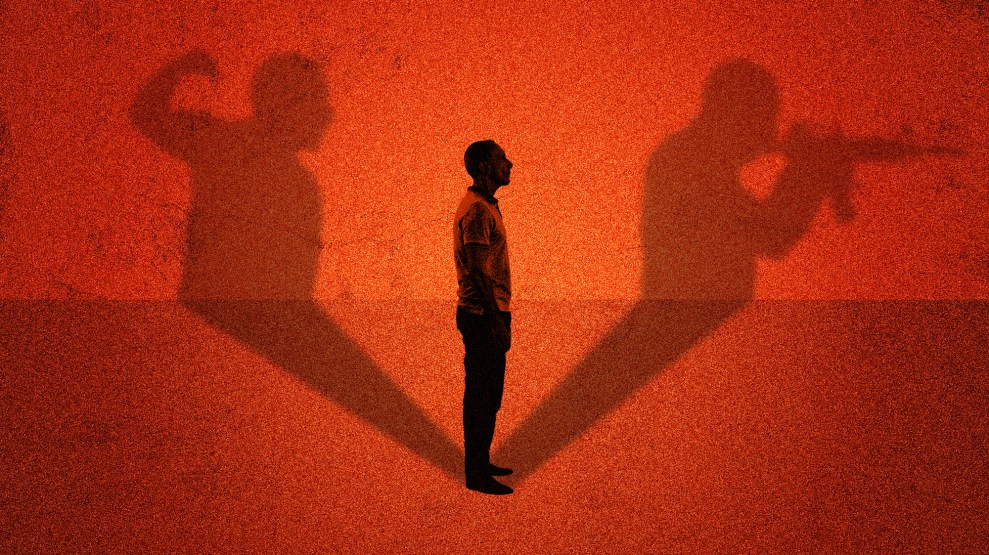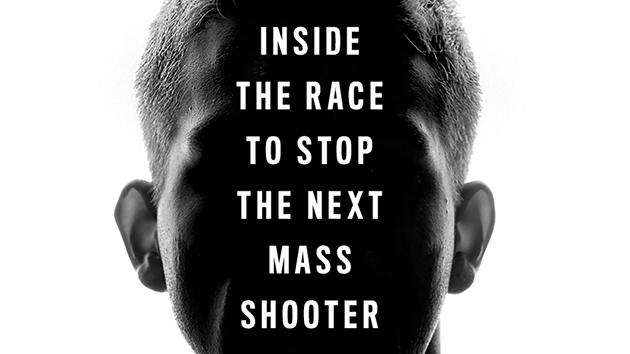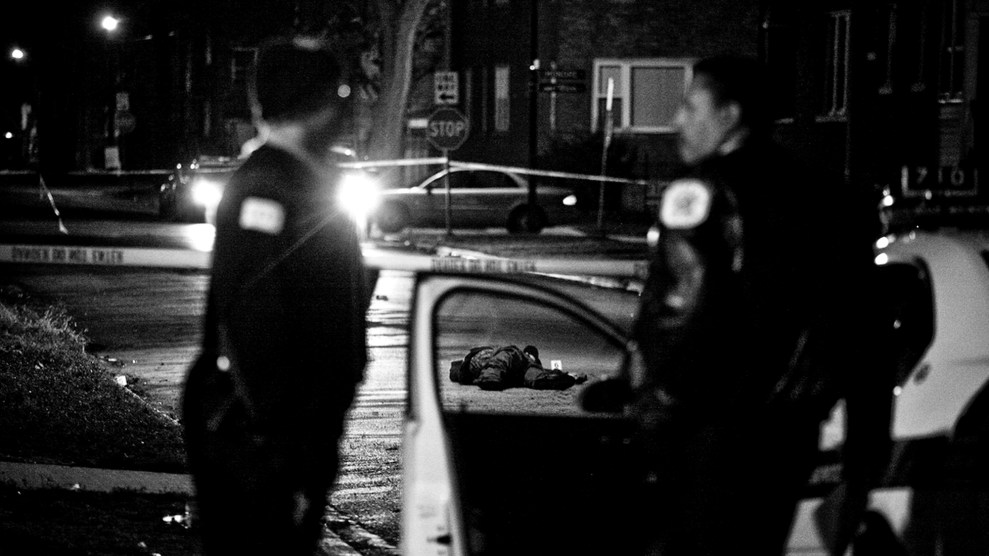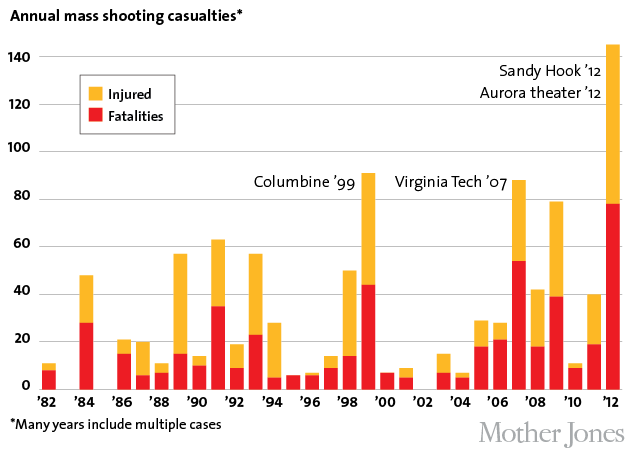In July 2012, in the aftermath of the movie theater massacre in Aurora, Colorado, Mother Jones created a first-of-its-kind open-source database documenting mass shootings in the United States. Our research focused on indiscriminate rampages in public places resulting in four or more victims killed by the attacker. We exclude shootings stemming from more conventionally motivated crimes such as armed robbery or gang violence. (Or in which the perpetrators have not been identified.) Other news outlets and researchers have since published larger tallies that include a wide range of gun crimes in which four or more people have been either wounded or killed. While those larger datasets of multiple-victim shootings are useful for studying the broader problem of gun violence, our investigation provides an in-depth look at a distinct phenomenon—from the firearms used and mental health factors to the growing copycat problem. Tracking mass shootings is complex; we believe ours is the most useful approach for studying this specific phenomenon.
Since we began, our interactive map below and the downloadable database behind it have been expanded with 88 additional cases from 2013-2024. Dating back to at least 2005, the FBI and leading criminologists essentially defined a mass shooting as a single attack in a public place in which four or more victims were killed. We adopted that baseline for fatalities when we gathered data in 2012 on three decades worth of cases. (It is important to note that there have been many similar indiscriminate gun rampages in public places—but resulting in fewer fatalities—that would otherwise be included in our dataset. In that regard, ours is a conservative measure of the problem.) In January 2013, a mandate for federal investigation of mass shootings authorized by President Barack Obama lowered that baseline to three or more victims killed. Accordingly, we include attacks dating from January 2013 in which three or more victims were killed. (Any analysis of the frequency of mass shootings using our database should account for this.) Our original analysis, which covers cases from 1982-2012 with four or more victims killed, follows below. The cases we’ve documented since then using the revised federal baseline reaffirm our major analytical findings.
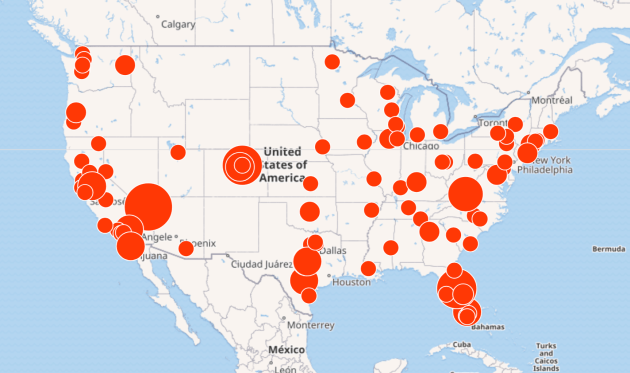
This heat map depicting mass shooting casualties across the United States was generated in 2018. To view, explore, or download the updated database, click here.
It is perhaps too easy to forget how many times this has happened. The gun massacre at a movie theater in Aurora, Colorado, in July 2012, another at a Sikh temple in Wisconsin that August, another at a manufacturer in Minneapolis that September—and then the unthinkable nightmare at a Connecticut elementary school that December—were some of the latest in an epidemic of such gun violence over the past three-plus decades. Since 1982, there have been at least 150 public mass shootings across the country, with the killings unfolding in 38 states, from Massachusetts to Hawaii. They are occurring more often: An analysis of this database by researchers at Harvard University, further corroborated by a separate study from the FBI, determined that mass shootings have tripled in frequency in recent years.
We’ve gathered detailed data on four-plus decades worth of cases, including information on the attackers’ profiles, the types of weapons they used, and the number of victims they injured and killed. [Editor’s note: The following analysis covers our original dataset comprised of 62 cases from 1982-2012.]
Weapons: Of the 143 guns possessed by the killers, more than three quarters were obtained legally. They included dozens of assault weapons and semi-automatic handguns with high-capacity magazines. (See charts below.) Just as a perpetrator used a .40-caliber Glock to slaughter students in Red Lake, Minnesota, in 2005, so too did the one in Aurora, along with an AR-15 assault rifle, when blasting away at his victims in a darkened movie theater. In Newtown, Connecticut, the attacker wielded a .223 Bushmaster semi-automatic assault rifle as he massacred 20 school children and six adults.
The perpetrators: More than half of the cases involved school or workplace shootings (12 and 20, respectively); the other 30 cases took place in locations including shopping malls, restaurants, and religious and government buildings. Forty-four of the killers were white males. Only one was a woman. (See Goleta, Calif., in 2006.) The average age of the killers was 35, though the youngest among them was a mere 11 years old. (See Jonesboro, Ark., in 1998.) A majority were mentally troubled—and many displayed signs of mental health problems before setting out to kill. Explore the above map and database for further details—we do not consider it to be all-inclusive, but based on the criteria we used, we believe that we have produced the most comprehensive rundown available on this particular type of violence. (Mass shootings represent a small fraction of America’s overall gun violence.) For the stories of the 151 shooting rampage victims of 2012, click here, and for our groundbreaking investigation into the economic costs of the nation’s gun violence, including mass shootings, click here.
Here is a description of the criteria we use:
- The perpetrator took the lives of at least four people. A 2008 FBI report identifies an individual as a mass murderer—versus a spree killer or a serial killer—if he kills four or more people in a single incident (not including himself), typically in a single location. (*In 2013, the US government’s fatality baseline was revised down to three; our database reflects this change beginning from Jan. 2013, as detailed above.)
- The killings were carried out by a lone shooter. (Except in the case of the Columbine massacre and the Westside Middle School killings, which involved two shooters.)
- The shootings occurred in a public place. (Except in the case of a party on private property in Crandon, Wisconsin, and another in Seattle, where crowds of strangers had gathered, essentially constituting a public crowd.) Crimes primarily related to gang activity or armed robbery are not included, nor are mass killings that took place in private homes (often stemming from domestic violence).
- Perpetrators who died or were wounded during the attack are not included in the victim tallies.
- We included a handful of cases also known as “spree killings“—cases in which the killings occurred in more than one location, but still over a short period of time, that otherwise fit the above criteria.
For more on the thinking behind our criteria, see these two explanatory pieces. Plus: more on the mental health factor and on state laws rolling back gun restrictions across the US. And: Explore the full data set behind our investigation.
Here are two charts detailing the killers’ weapons:
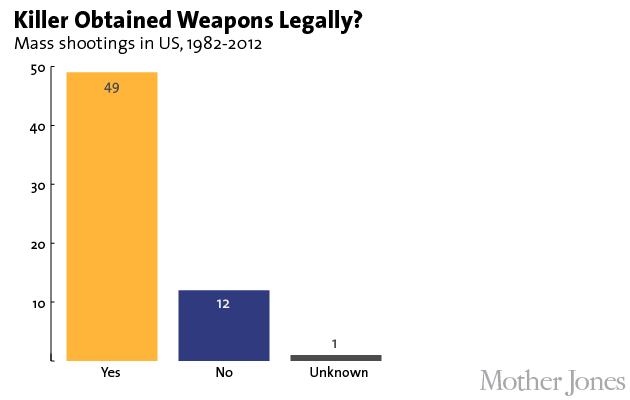
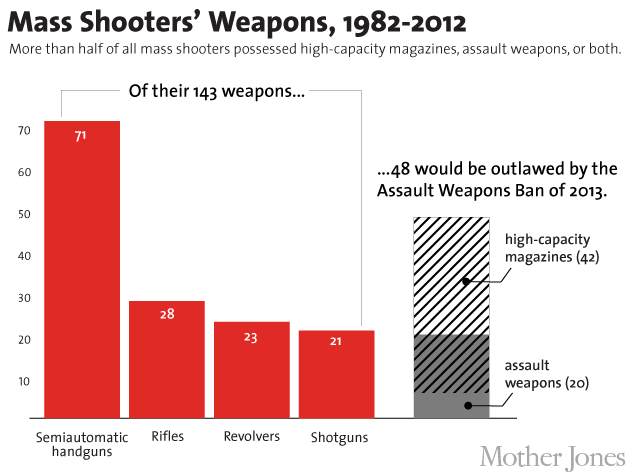
This guide was first published on July 20, 2012. Since then, we’ve updated and expanded it numerous times with additional research and reporting. The analysis and charts above cover the data through 2012 (comprising 62 cases); additional data and analysis on the shooters’ weapons are in this story. Information on additional mass shootings from 2013-2024 is included in our full data set here. For much more of our reporting on mass shootings, gun violence, and gun laws, see our special investigations: America Under the Gun, The True Cost of Gun Violence, and “Lessons From a Mass Shooter’s Mother.“
Additional reporting and production contributed by: AJ Vicens, Olivia Exstrum, Tasneem Raja, Jaeah Lee, and Maggie Caldwell.
